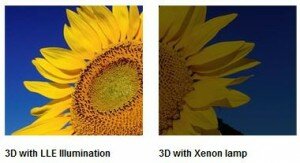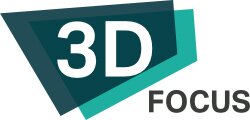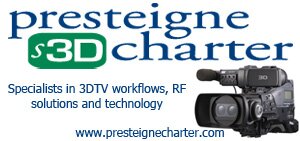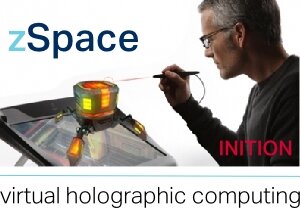Laser projection to solve problem of dim 3D movies
World’s first laser light film screening uses Hugo to showcase 3D in its best light, matching existing 2D brightness levels writes Adrian Pennington

The reduced light delivered by existing projectors has dogged the presentation of 3D films at the box office but new laser light technology may solve the issue.
Billed as a world’s first screening of a feature film using laser tech, Martin Scorsese’s Oscar winning Hugo was shown in entirety along with clips from Transformers: Dark of the Moon and Puss N’ Boots. These were shown at a light quality of 3 foot-Lamberts – typically the same levels at which 3D movies are shown now – and also at 14 foot-Lamberts by laser which approximates the light levels audiences enjoy with 2D films.
Projector manufacturer Christie, whose parent company Ushio acquired US laser tech specialist Necsel at the end of 2010, was behind the demonstration at IBC demoing its first prototype laser projector.
Christie’s Dr. Don Shaw, senior director, product management, said: “Some attendees leave 3D movies complaining of headaches, fatigue, and sore eyes. Just like reading a book in low light levels, low brightness on the movie screen is one of the reasons for these complaints. Delivering more lumens to the screen will help address these effects, as will the advent of ‘eye-easy’ high frame rate (HFR) movies.”
Hugo Stereographer Demetri Portelli was on hand to discuss the clips as was Corey Turner (‘Transformers: Dark of the Moon’). Portelli said: “Crafting 3D images has been both the most challenging and the most rewarding experience of my career as a cameraman. I have suffered alongside many 3D film makers whose work has been compromised due to the inevitable low-brightness cinematic presentation. So showing Hugo 3D at 14 ft-L is an important, as it will deliver spectacular details and show how light conveys additional information in 3D space.”
<
Shaw did not suggest when the laser product would be ready though it is expected to be 2-3 years before the tech is economical enough for exhibitors to install.
Said Shaw: “There’s half-a-dozen different decisions that have to be made when designing a laser-projection system and most manufacturers will take different paths.”
Dim 3D projection needs to be solved
Unfortunately, the amount of light lost for 3D projection can be as much as 75%. RealD, the predominant 3D systems provider in the US and the UK, claim approximately 35% of the original brightness reaches the viewer's eyes. A polarising filter on the single projector reduces the light by 50% which is halved again by the polarising lenses of the glasses. A silver screen boosts this brightness up to about 35% of the original. This, coupled with theatre exhibitors reducing the Lambert levels of their projectors to save costs, led Michael Bay to write letters to cinema chains to increase the power of their lamps for Transformers: Dark of the Moon 3D.

IMAX projection is brighter as it uses dual projectors but another technique for increasing the perceived brightness is to release enhanced prints. Again, for Transformers, Paramount released a special digital print aimed at delivering almost twice the brightness of standard 3D projection which had been mastered and colour graded with extra contrast and sharpness for extra brightness.
 Although it is expected to be a costly upgrade, replacing Xenon lamps with laser projection could be the only way 3D movies have a chance to match the clarity of 2D films. Laser Light Engines, a company who received $13 million of venture funding in 2010 including funding equity investment and funds for specific custom developments from IMAX, are one company hoping to revolutionise projection with smaller brighter laser based projectors.
Although it is expected to be a costly upgrade, replacing Xenon lamps with laser projection could be the only way 3D movies have a chance to match the clarity of 2D films. Laser Light Engines, a company who received $13 million of venture funding in 2010 including funding equity investment and funds for specific custom developments from IMAX, are one company hoping to revolutionise projection with smaller brighter laser based projectors.
LLE's alternative is a light engine producing red, green and blue primaries from the same laser source, with the output coupled to a digital projector using optical fibre. With virtually all the laser power successfully reaching the projector chips, the result is a system that can deliver two- to five-times the brightness level of a xenon lamp. LLE predicts that RGB laser illumination will reduce operating costs for movie theater owners by potentially $10,000 per screen per year, by eliminating the need to replace expensive xenon arc lamp projector bulbs and reducing electricity use by as much as 50 per cent.
FREE WEEKLY 3D NEWS BULLETIN –



















